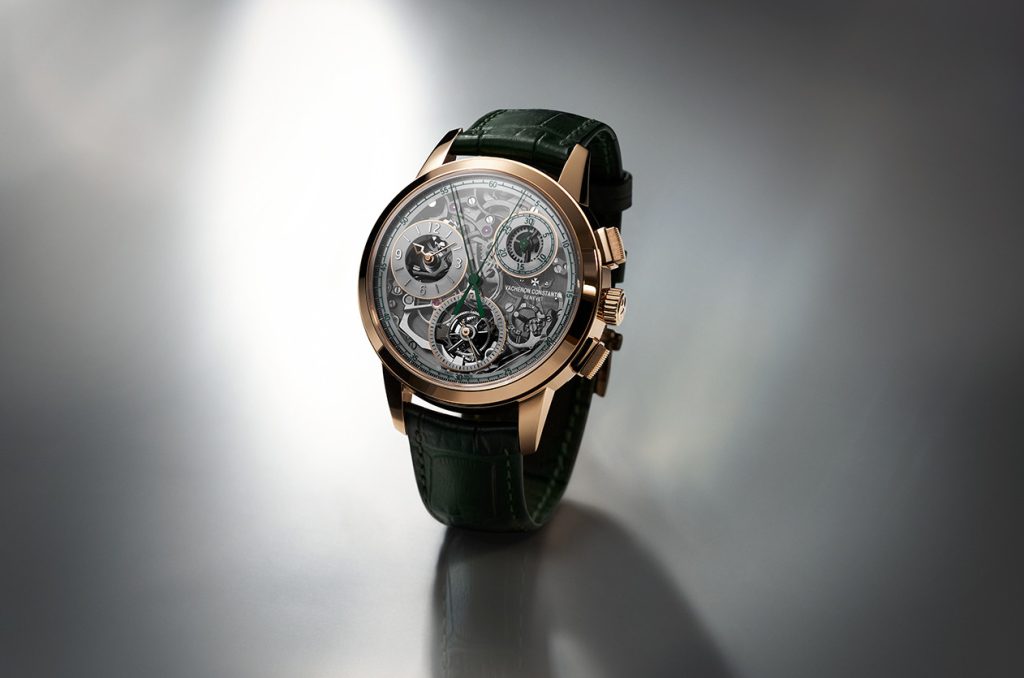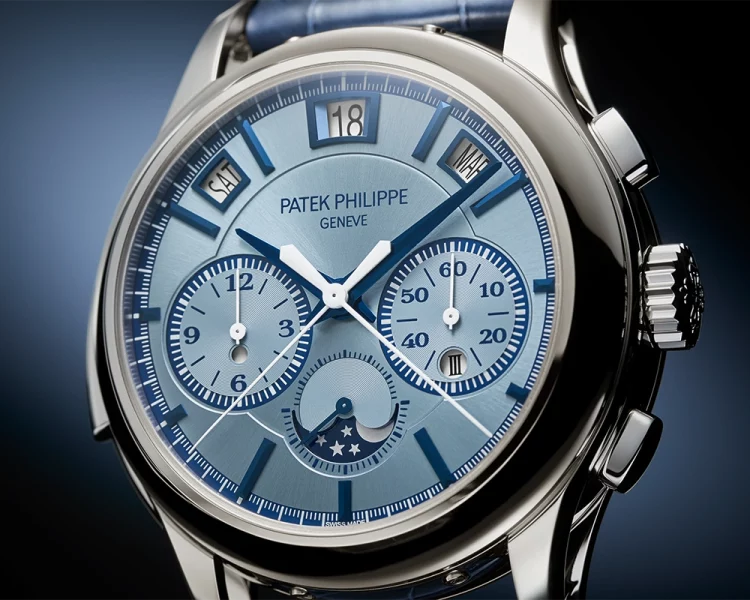Once concealed within sealed metal cases, the heart of a mechanical watch—the movement—was for centuries something known but unseen. The wearer could sense its presence through the ticking and performance, but rarely be granted a glimpse into its mechanical soul. That all changed with the rise of the transparent caseback, a now-common feature that transformed the aesthetic, cultural, and emotional perception of watchmaking.
This shift from hidden craftsmanship to visual celebration represents more than just a design choice. It reflects a deeper evolution in how we value mechanical timepieces: from instruments of function to objects of fascination. Today, the transparent caseback is not only a window into movement mechanics, but also into the watch industry’s changing relationship with visibility, craftsmanship, and consumer expectation.
The Rise of Transparent Casebacks: From Secrecy to Spectacle
Transparent casebacks—often made of sapphire crystal—began appearing in high-end watches during the late 20th century, initially as rare exceptions rather than industry norms. Historically, brands like Patek Philippe or Rolex did not see the need to expose the inner workings of a watch. The movement, while beautifully constructed, was hidden beneath a solid caseback designed to protect against dust, moisture, and shock.
But in the 1980s and 1990s, as watchmaking recovered from the quartz crisis and mechanical horology reasserted its value as an art form, brands realized that consumers wanted more than function—they wanted story, spectacle, and proof of artisanal labor. Independent brands and high-end manufacturers began to showcase their decorated calibers, knowing full well that today’s collectors wanted to see what they were paying for.
The result was a revolution. Transparent casebacks quickly became synonymous with luxury, craftsmanship, and openness. Even more mainstream watches adopted the feature, turning once-private engineering into a central selling point.
How Display Backs Enhanced Appreciation for Craftsmanship
With the rise of display casebacks came a new form of appreciation: visual horology. The ability to observe the escapement beating, the rotor spinning, and the bridges gleaming under Geneva stripes reshaped what it meant to “know” a watch.
Collectors became newly educated about finishing techniques, movement architecture, and decoration details that previously only watchmakers had seen. Terms like “anglage,” “perlage,” “Côtes de Genève,” and “blued screws” entered enthusiast vocabulary, elevating consumer knowledge and expectations.
Suddenly, brands had to compete not only on timekeeping or heritage, but on how good their movements looked under magnification. This visual arms race encouraged an explosion of decorative diversity and mechanical openness:
- Haute Horlogerie Finishing: Brands like A. Lange & Söhne, Vacheron Constantin, and Breguet doubled down on exquisite, hand-finished movements that looked like works of art.
- Skeletonization and Architecture: Openworked movements became a natural progression—highlighting visual complexity by removing excess material to leave only the essentials.
- Micro-rotors and Manual Wind Preference: Some enthusiasts even began to prefer manual-wind watches because automatic rotors could obstruct the view through the caseback.
In short, the transparent caseback brought an entirely new dimension of value to watches—the value of visible craft.
A Shift in Philosophy: From Concealment to Exhibition
This evolution also reflects a deeper philosophical transformation in the watch industry. For decades, mechanical mastery was a quiet affair. The beauty of a movement was a hidden virtue, known to the maker and perhaps appreciated during servicing, but never flaunted.
Transparent casebacks turned this principle upside down.
They introduced a new logic to luxury: that excellence must not only exist but be demonstrated. As consumer culture grew increasingly visual and social-media-driven, “seeing is believing” became the dominant value framework. Watches followed suit. Hidden calibers, no matter how finely made, began to feel less emotionally satisfying than visible ones.
This change paralleled similar shifts in other industries:
- Open Kitchens in Fine Dining: Diners want to see chefs at work, to witness the care and process behind what they consume.
- See-Through Technology: From smartphone backplates to clear PC cases, people now equate transparency with authenticity and technical pride.
- Luxury Car Engine Bays: Supercar owners often demand transparent engine covers—not to repair anything, but to gaze at the engineering.
Watchmaking embraced this exhibitionist aesthetic, particularly as independent brands leaned into transparency to establish credibility and show off in-house movements.
The Social Dimension: Sharing, Validation, and Community
The transparent caseback also intersects with the rise of digital watch communities. As platforms like Instagram, Reddit, and dedicated watch forums grew, so did the culture of sharing macro shots, movement close-ups, and behind-the-lug beauty.
Visible movements became part of the watch’s social life. Enthusiasts began to evaluate not just dial design or wrist presence, but also the rear view. A watch’s “caseback selfie” could even determine whether it was considered serious horology or simply mass-market fare.

Key social effects of this trend include:
- Movement Decoration as Status Symbol: A finely decorated movement signals that the brand cares about unseen quality—a form of connoisseur credibility.
- Transparency as Authentication: Some buyers use transparent backs to verify movement types or modifications—especially with boutique or microbrands.
- Educational Sharing: Collectors use transparent backs to teach each other about horology, swapping close-ups of calibers like old-school trading cards.
In this way, the caseback became not just a feature but a medium—something through which the watch speaks to its owner and the world.
Not All Casebacks Are Created Equal
Of course, not every transparent caseback delivers the same satisfaction. There’s a growing awareness among collectors that not all visible movements are worth seeing. Some brands install clear casebacks over undecorated, generic movements—prompting criticism that the feature is being used as a gimmick rather than a testament to craft.
This has led to a sort of caseback hierarchy:
- True Haute Horlogerie: Brands that finish even hidden components, treat every movement like a sculpture, and reward close inspection.
- Display-Ready Mass Movements: Mid-tier brands with modest finishing but clean, industrial looks that satisfy casual glances.
- Disappointing Exposures: Brands that expose poorly decorated movements or use plastic components, undermining the intent of a transparent back.
Collectors are now more discerning than ever, and while a transparent caseback still implies a level of openness and effort, it no longer guarantees admiration. In some circles, it even becomes a litmus test for how seriously a brand takes its watchmaking claims.
From Design Feature to Expectation
What was once a novelty has become an expectation. In 2025, consumers purchasing a watch over a certain price point often anticipate a see-through back—and may even feel shortchanged without one.
Some brands still resist, citing aesthetic purity or heritage reasons. Rolex, for instance, famously continues to use solid casebacks on most models, preserving the mystique and focusing attention on the dial. But even this decision becomes part of a brand narrative—either seen as admirable restraint or frustrating secrecy.
At the other end of the spectrum, brands like H. Moser & Cie, Greubel Forsey, and MB&F push the limits of mechanical transparency with double-sided views, curved crystals, and architectural layouts that demand interaction.
Today, the transparent caseback is not just a viewing window—it’s a storytelling device.
Conclusion
The transparent caseback changed the way we value watches by transforming what was once private and hidden into something publicly celebrated. It elevated movement finishing from technical necessity to visual artistry, and it gave collectors a new way to connect emotionally, socially, and intellectually with their timepieces.
It also signaled a broader cultural turn toward openness, exhibition, and proof of quality. In an age where luxury is increasingly defined by experience and narrative, the ability to see the soul of a watch through a sapphire window has become more than a design flourish—it’s part of the modern watch’s identity.
Whether admired under a loupe, shared online, or simply glanced at through a wrist turn, the transparent caseback reminds us that true value often lies beneath the surface—but only when we’re invited to look.





































